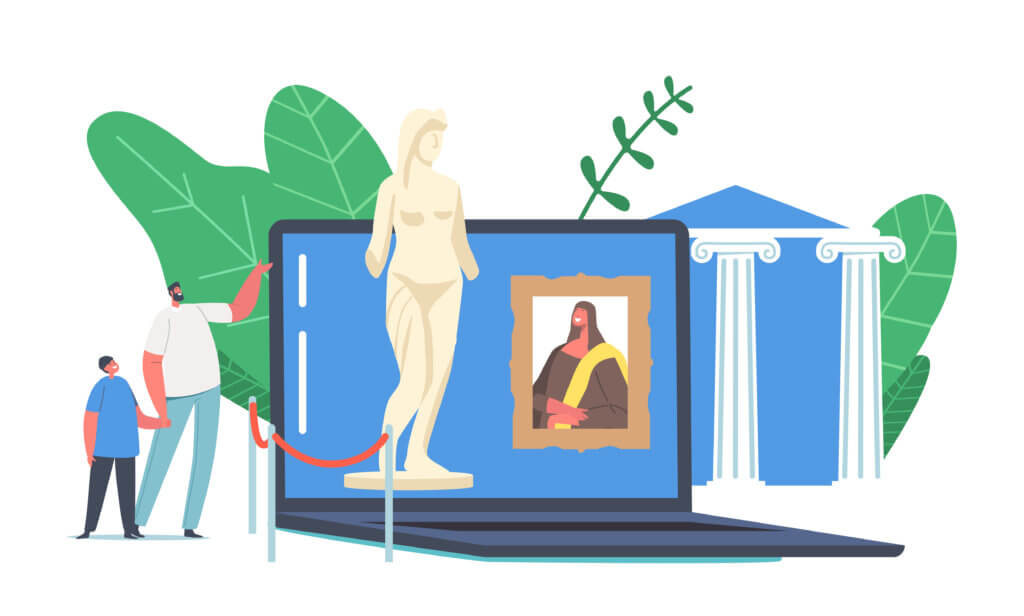MUNICH, Germany — Studies show visiting museums and viewing great works of art in-person may promote various health benefits and generally improved well-being and mood, but what about viewing art online? The prospect of seeing Van Gogh’s Starry Night or Da Vinci’s Mona Lisa on a computer screen instead of in-person hardly sounds as satisfying at first, but an international research team finds you can still get a mood boost from an “online art break.”
In all, researchers from the University of Vienna, the Max Planck Institute for Psycholinguistics in Nijmegen, and the Max Planck Institute for Empirical Aesthetics (MPIEA) in Frankfurt gathered 240 participants and asked them to view an interactive Monet Water Lily art exhibition put together by Google Arts and Culture. Afterwards, each person completed a survey asking about their state of mind, how much pleasure they felt while looking at the paintings, and how meaningful they felt the experience had been.
Sure enough, the ensuing results show that people reap significant improvements in mood and anxiety after just a few minutes of viewing art online.
“Online art viewing is an untapped source of support for well-being that can be consumed as bite-sized bits of meaning-making and pleasure,” says MacKenzie Trupp, first author from the University of Vienna, in a media release.

Notably, certain participants appeared more receptive to the art than others, allowing them to seemingly benefit further. This advantage could even be predicted by the research team using a metric called “aesthetic responsiveness.”
“Aesthetic responsiveness describes how people react to diverse aesthetic stimuli, like art and nature. The results showed that individuals with high levels of art and aesthetic responsiveness benefit more from online art viewing due to having more pleasurable and meaningful art experiences,” explains Edward A. Vessel of MPIEA, developer of the Aesthetic Responsiveness Assessment (AReA).
In conclusion, study authors explain this work may be of particular interest to those unable to visit museums in person, such as those with health problems. Moreover, these findings indicate interactive art exhibitions and similar online experiences should be designed moving forward with an awareness of individual differences regarding aesthetic responsiveness. All in all, this project has expanded modern science’s overall understanding of both the benefits and limitations of art in digital media, and provides a clear path forward for increasing the wellness potential of online art.
The study is published in the journal Computers in Human Behavior.
You might also be interested in:
- Do you cry at museums? Art evokes spectrum of powerful bodily sensations
- Best Art Museums In America: Top 5 U.S. Galleries, According To Experts
- Digital antidepressant? Viewing online art can improve well-being

